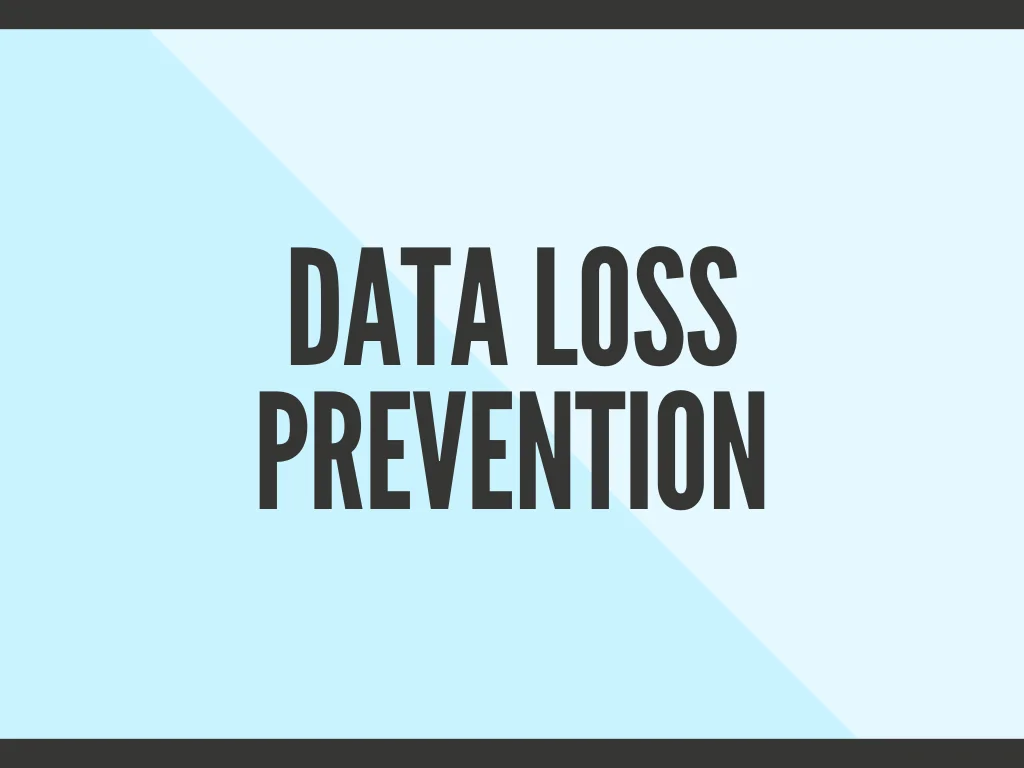Introduction
In the modern age, protecting sensitive data has become a serious issue for businesses of all sizes. Data breaches can have serious financial and reputational consequences, not to mention legal and regulatory consequences. Implementing a solid DLP strategy is vital for safeguarding your critical data and keeping the trust of your stakeholders. In this blog post, we will look at the essential steps in implementing a successful DLP plan.
Step 1: Identify and Classify Your Sensitive Data
The first step in developing a DLP strategy is to identify and categorise the types of sensitive data handled by your firm. This includes personally identifiable financial information, intellectual property, and trade secrets. Understanding the nature of your data enables you to focus your efforts and allocate the resources required to maintain it effectively.
Step 2: Analyse Data Flow and Storage
In order to establish an effective DLP strategy, you must first understand how sensitive data travels across your organisation. Identify the data flow’s systems, networks, devices, and storage places. This evaluation will give you a comprehensive picture of how data is sent, accessed, and stored, allowing you to detect potential vulnerabilities and adopt appropriate safeguards.
Step 3: Conduct a Risk Assessment:
Understanding the various threats and vulnerabilities that could lead to data loss requires a thorough risk assessment. Internal and external risks, such as unauthorised access, cyber attacks, insider threats, or physical theft, must be assessed. Risks should be prioritised based on their likelihood and impact, and this information should be used to design appropriate controls and responses.
Step 4: Create DLP Policies and Procedures
It is critical to develop clear and unambiguous DLP rules and processes to guide staff in handling sensitive data. Data classification, access controls, encryption, data retention, and disposal procedures should all be addressed in these rules. To reduce legal and compliance concerns, ensure that your rules adhere to relevant regulations and industry standards.
Step 5: Deploy Technical Controls
A critical component of a DLP strategy is the implementation of technical controls. Consider using a combination of data encryption, access controls, intrusion detection systems, network monitoring, and data loss prevention software. In real-time, these solutions can assist in detecting and preventing unauthorised access, data exfiltration, or suspicious activity.
Step 6: Educate and Train Employees
Employees have an important role in data protection, and their awareness is critical to preventing data loss. Conduct regular training sessions to educate personnel about DLP best practises, data handling protocols, and the potential risks of managing sensitive data incorrectly. Encourage a security-aware culture and ensure that workers understand their roles and responsibilities in data security.
Step 7: Monitor and Audit
Continuous monitoring and auditing are required to ensure the success of your DLP system. Set up monitoring systems to track data usage, access trends, and unusual behaviour. Review audit logs and incident reports on a regular basis to detect any holes and fine-tune your DLP controls and rules.
Step 8: Regularly Update and Improve
As the threat landscape evolves, so should your DLP approach. Keep up with the most recent security practises, emerging threats, and legislative developments. To effectively address emerging difficulties, review and update your rules, procedures, and technical controls on a regular basis.
Conclusion
Putting in place a solid Data Loss Prevention (DLP) strategy is a key step in safeguarding your organization’s sensitive data. You may greatly decrease the risk of data loss or unauthorised access by identifying and classifying data, analysing risks, implementing policies and processes, deploying technical controls, educating personnel, and monitoring and auditing your systems. Remember that a comprehensive DLP strategy necessitates the collaboration of people, procedures, and technology in order to protect your precious information.
Want to implement Data Loss Prevention: Contact us


